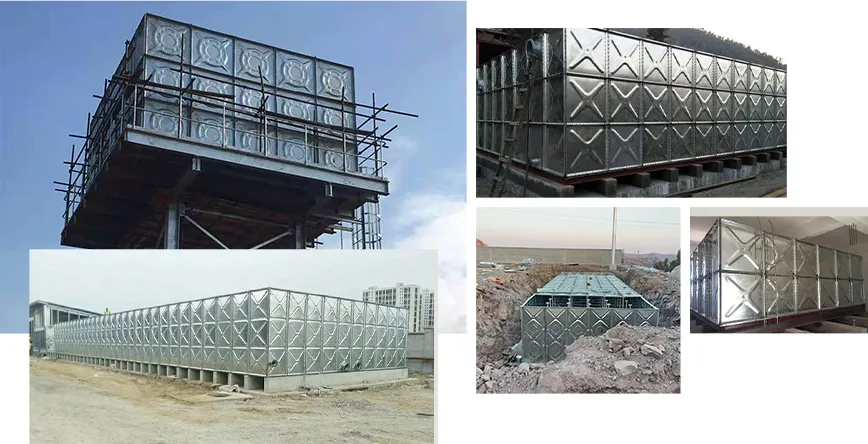loading...
- No. 9, Xingyuan South Street, Dongwaihuan Road, Zaoqiang County, Hengshui, Hebei, China
- admin@zjcomposites.com
- +86 15097380338
- Welcome to visit our website!
liquid filter vessel
Understanding Liquid Filter Vessels An Essential Component in Fluid Management
In various industrial processes, the need for effective fluid management is paramount. One of the key components that facilitate this is the liquid filter vessel. These vessels play a crucial role in ensuring the purity and integrity of liquids used in processes ranging from chemical manufacturing to water treatment. This article explores the construction, function, and benefits of liquid filter vessels in different applications.
A liquid filter vessel is designed to remove impurities and solid particles from fluid streams. Typically constructed from durable materials like stainless steel or carbon steel, these vessels are built to withstand high pressures and temperatures, making them suitable for a range of operational environments. Depending on the specific application, they can vary in size and design, including vertical and horizontal configurations. At its core, the vessel contains a filtering medium, which acts as a barrier to trap contaminants while allowing the clean liquid to flow through.
The operation of a liquid filter vessel is relatively straightforward. The contaminated liquid enters the vessel at a designated inlet and passes through the filter media, which can consist of disposable filter bags, cartridges, or membranes. As the liquid flows through, impurities are captured, and the purified liquid exits through an outlet. This process can be continuous or batch-based, depending on the system's design and the volume of liquid to be processed.
liquid filter vessel

One significant advantage of using liquid filter vessels is the enhancement of product quality. In industries such as pharmaceuticals, food and beverage, and cosmetics, the presence of even minute particulate matter can lead to product contamination, regulatory non-compliance, and loss of consumer trust. By effectively removing these contaminants, liquid filter vessels ensure that the final product meets stringent quality standards.
In addition to quality assurance, these vessels also contribute to the efficiency and longevity of downstream equipment. Pumps, heat exchangers, and other machinery can suffer damage or reduced efficiency when exposed to contaminants. By incorporating a liquid filter vessel into the system, facilities can reduce wear and tear on equipment, leading to cost savings from fewer repairs and downtime.
Moreover, the versatility of liquid filter vessels allows for customization based on specific process requirements. They can be fitted with various types of filter media tailored to target different contaminants, such as sediment, oil, or bacteria. Additionally, features like backwashing capabilities or automated filter changes can be integrated to enhance performance and minimize maintenance efforts.
In conclusion, liquid filter vessels are indispensable in various industries where fluid purity is critical. They not only improve product quality but also contribute to operational efficiency and equipment longevity. As industries continue to emphasize sustainable practices and quality assurance, the role of liquid filter vessels is likely to expand even further, solidifying their place as a vital component in modern fluid management systems. Investing in quality filtration solutions will pay dividends in the long run, as companies strive for excellence in their processes and products.
-
The Rise of FRP Profiles: Strong, Lightweight, and Built to LastNewsJul.14,2025
-
SMC Panel Tanks: A Modern Water Storage Solution for All EnvironmentsNewsJul.14,2025
-
GRP Grating: A Modern Solution for Safe and Durable Access SystemsNewsJul.14,2025
-
Galvanized Steel Water Tanks: Durable, Reliable, and Ready for UseNewsJul.14,2025
-
FRP Mini Mesh Grating: The Safer, Smarter Flooring SolutionNewsJul.14,2025
-
Exploring FRP Vessels: Durable Solutions for Modern Fluid HandlingNewsJul.14,2025
-
GRP Structures: The Future of Lightweight, High-Performance EngineeringNewsJun.20,2025
